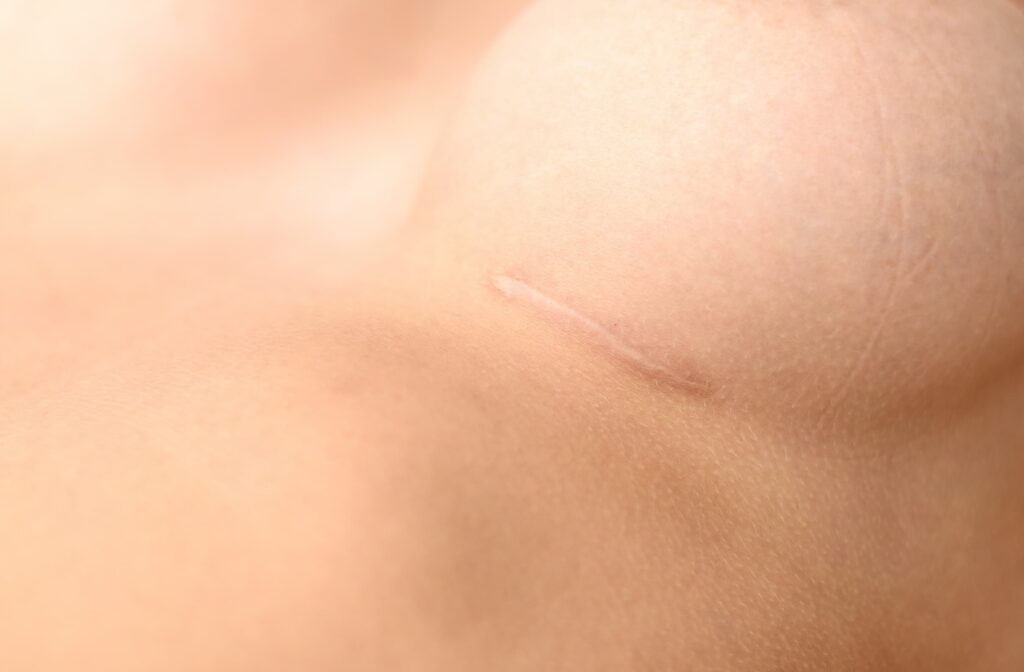When I consult with patients, they often ask me if I have pictures of what the scars will look like. I have
pictures, but not necessarily of what their scars in particular will look like. I have pictures of other
people’s scars, at specific time points, and I can give them my thoughts on how their scars may compare
in the long-term, but a lot of this in unpredictable. The reason why is that there are many factors that go
into a scar result, and a lot of misconceptions along the way.
The most critical element when it comes to scarring is genetics. If you are a person who scars well, then
you are already ahead of the game. You can usually tell from personal experience whether or not you
heal quickly, how long it takes for a scar to fade for you, and what they turn into in the long-run. Skin
tone is also a big part of scar healing, with some complexions leading to dark scars that take years to
fade, and others leading to lighter, thin white lines that stick for good. Genetics and pigment
predisposition, along with your age and the baseline resilience of your skin, are factors outside of
anyone’s control, and play a huge part in how you will heal in the end.
Another element that is beyond external control is the location of the scar. Different parts of the same
person’s body will result in very different looking scars, because of the differences in skin thickness,
texture, blood supply, and color. Scars on the face heal remarkably well in general, while the back is
known for producing wide, thick, and unsightly scars for the most part. When considering how a scar will
look in the end, “location, location, location” makes a big difference.


